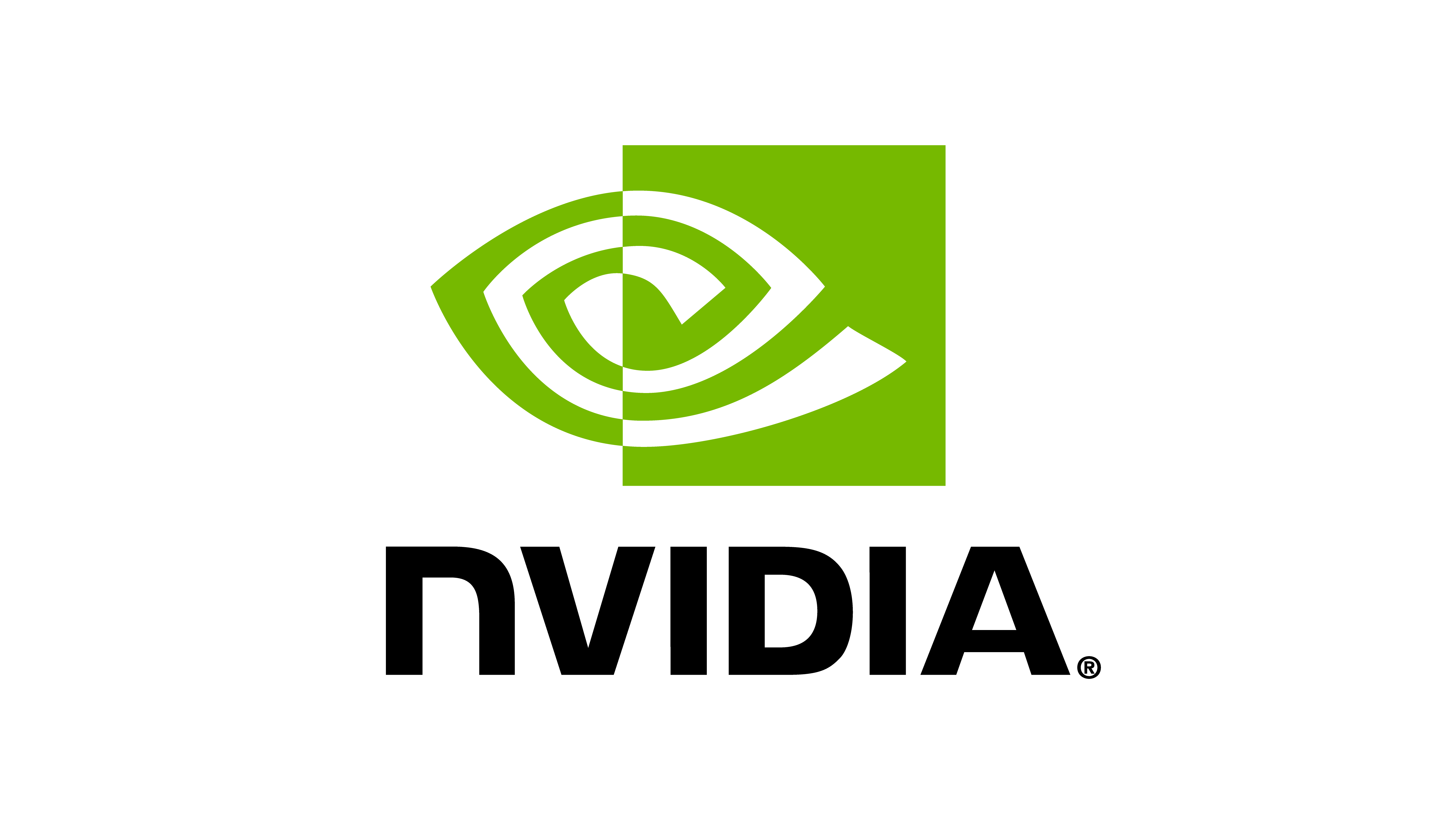# Copyright (c) 2022-2025, The Isaac Lab Project Developers.
# All rights reserved.
#
# SPDX-License-Identifier: BSD-3-Clause
"""Common functions that can be used to activate certain terminations.
The functions can be passed to the :class:`omni.isaac.lab.managers.TerminationTermCfg` object to enable
the termination introduced by the function.
"""
from __future__ import annotations
import torch
from typing import TYPE_CHECKING
from omni.isaac.lab.assets import Articulation, RigidObject
from omni.isaac.lab.managers import SceneEntityCfg
from omni.isaac.lab.sensors import ContactSensor
if TYPE_CHECKING:
from omni.isaac.lab.envs import ManagerBasedRLEnv
from omni.isaac.lab.managers.command_manager import CommandTerm
"""
MDP terminations.
"""
[文档]def time_out(env: ManagerBasedRLEnv) -> torch.Tensor:
"""Terminate the episode when the episode length exceeds the maximum episode length."""
return env.episode_length_buf >= env.max_episode_length
[文档]def command_resample(env: ManagerBasedRLEnv, command_name: str, num_resamples: int = 1) -> torch.Tensor:
"""Terminate the episode based on the total number of times commands have been re-sampled.
This makes the maximum episode length fluid in nature as it depends on how the commands are
sampled. It is useful in situations where delayed rewards are used :cite:`rudin2022advanced`.
"""
command: CommandTerm = env.command_manager.get_term(command_name)
return torch.logical_and((command.time_left <= env.step_dt), (command.command_counter == num_resamples))
"""
Root terminations.
"""
[文档]def bad_orientation(
env: ManagerBasedRLEnv, limit_angle: float, asset_cfg: SceneEntityCfg = SceneEntityCfg("robot")
) -> torch.Tensor:
"""Terminate when the asset's orientation is too far from the desired orientation limits.
This is computed by checking the angle between the projected gravity vector and the z-axis.
"""
# extract the used quantities (to enable type-hinting)
asset: RigidObject = env.scene[asset_cfg.name]
return torch.acos(-asset.data.projected_gravity_b[:, 2]).abs() > limit_angle
[文档]def root_height_below_minimum(
env: ManagerBasedRLEnv, minimum_height: float, asset_cfg: SceneEntityCfg = SceneEntityCfg("robot")
) -> torch.Tensor:
"""Terminate when the asset's root height is below the minimum height.
Note:
This is currently only supported for flat terrains, i.e. the minimum height is in the world frame.
"""
# extract the used quantities (to enable type-hinting)
asset: RigidObject = env.scene[asset_cfg.name]
return asset.data.root_link_pos_w[:, 2] < minimum_height
"""
Joint terminations.
"""
[文档]def joint_pos_out_of_limit(env: ManagerBasedRLEnv, asset_cfg: SceneEntityCfg = SceneEntityCfg("robot")) -> torch.Tensor:
"""Terminate when the asset's joint positions are outside of the soft joint limits."""
# extract the used quantities (to enable type-hinting)
asset: Articulation = env.scene[asset_cfg.name]
# compute any violations
out_of_upper_limits = torch.any(asset.data.joint_pos > asset.data.soft_joint_pos_limits[..., 1], dim=1)
out_of_lower_limits = torch.any(asset.data.joint_pos < asset.data.soft_joint_pos_limits[..., 0], dim=1)
return torch.logical_or(out_of_upper_limits[:, asset_cfg.joint_ids], out_of_lower_limits[:, asset_cfg.joint_ids])
[文档]def joint_pos_out_of_manual_limit(
env: ManagerBasedRLEnv, bounds: tuple[float, float], asset_cfg: SceneEntityCfg = SceneEntityCfg("robot")
) -> torch.Tensor:
"""Terminate when the asset's joint positions are outside of the configured bounds.
Note:
This function is similar to :func:`joint_pos_out_of_limit` but allows the user to specify the bounds manually.
"""
# extract the used quantities (to enable type-hinting)
asset: Articulation = env.scene[asset_cfg.name]
if asset_cfg.joint_ids is None:
asset_cfg.joint_ids = slice(None)
# compute any violations
out_of_upper_limits = torch.any(asset.data.joint_pos[:, asset_cfg.joint_ids] > bounds[1], dim=1)
out_of_lower_limits = torch.any(asset.data.joint_pos[:, asset_cfg.joint_ids] < bounds[0], dim=1)
return torch.logical_or(out_of_upper_limits, out_of_lower_limits)
[文档]def joint_vel_out_of_limit(env: ManagerBasedRLEnv, asset_cfg: SceneEntityCfg = SceneEntityCfg("robot")) -> torch.Tensor:
"""Terminate when the asset's joint velocities are outside of the soft joint limits."""
# extract the used quantities (to enable type-hinting)
asset: Articulation = env.scene[asset_cfg.name]
# compute any violations
limits = asset.data.soft_joint_vel_limits
return torch.any(torch.abs(asset.data.joint_vel[:, asset_cfg.joint_ids]) > limits[:, asset_cfg.joint_ids], dim=1)
[文档]def joint_vel_out_of_manual_limit(
env: ManagerBasedRLEnv, max_velocity: float, asset_cfg: SceneEntityCfg = SceneEntityCfg("robot")
) -> torch.Tensor:
"""Terminate when the asset's joint velocities are outside the provided limits."""
# extract the used quantities (to enable type-hinting)
asset: Articulation = env.scene[asset_cfg.name]
# compute any violations
return torch.any(torch.abs(asset.data.joint_vel[:, asset_cfg.joint_ids]) > max_velocity, dim=1)
[文档]def joint_effort_out_of_limit(
env: ManagerBasedRLEnv, asset_cfg: SceneEntityCfg = SceneEntityCfg("robot")
) -> torch.Tensor:
"""Terminate when effort applied on the asset's joints are outside of the soft joint limits.
In the actuators, the applied torque are the efforts applied on the joints. These are computed by clipping
the computed torques to the joint limits. Hence, we check if the computed torques are equal to the applied
torques.
"""
# extract the used quantities (to enable type-hinting)
asset: Articulation = env.scene[asset_cfg.name]
# check if any joint effort is out of limit
out_of_limits = torch.isclose(
asset.data.computed_torque[:, asset_cfg.joint_ids], asset.data.applied_torque[:, asset_cfg.joint_ids]
)
return torch.any(out_of_limits, dim=1)
"""
Contact sensor.
"""

